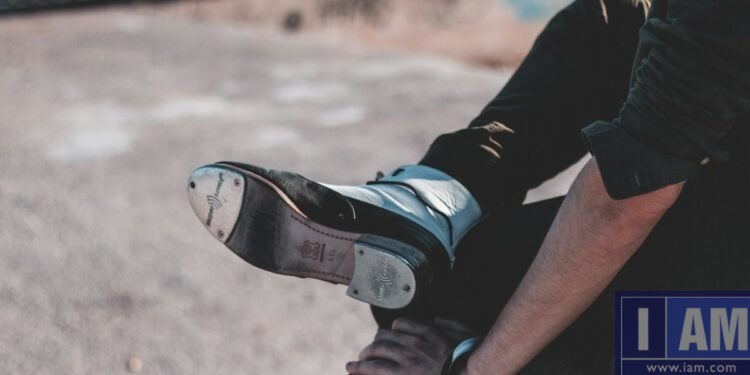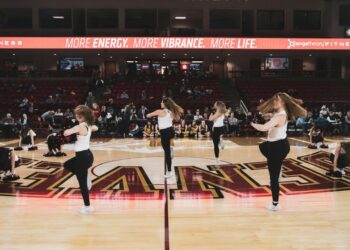Consistency beats out the need for intensity in building solid dance technique. The good news is that a 30-minute daily routine is more than enough to keep you making progress without burning out on dancing. Whether that’s mastering pirouettes or perfecting your popping and locking skills, it’s up to you.
The Science Behind 30 Minutes of Training
Research has shown that breaking down your training into focused 30 minute sessions is a recipe for optimal motor learning without getting overwhelmed by mental fatigue. Your brain picks up on movement patterns a heck of a lot better when you’re doing daily repetition over doing long marathons during the weekend. This routine breaks down into focused blocks of time for flexibility, strength, technique and artistry that helps keep you feeling sharp right up to the end.
Minutes 0-5: Who Can Skip the Warm-Up?
Never skip the warm up. Get those joints moving with some ankle, knee, hip, and shoulder circles. Get the blood flowing to prevent those dreaded injuries while you get your brain ready to get it into gear. Then kick up the pace with:
30 seconds of jumping jacks
30 seconds of high knees
30 seconds of butt kicks
30 seconds of cross-body arm swings
2 minutes of some light cardio groove, dancing to the music (ballet dancers: some sautés; hip-hop fans: bounce around; contemporary fans: let the movement flow for 2 minutes)
This gets everything loose and then it’s ready to go.
Minutes 5-10: Flexibility Time
Hold each stretch for 30 seconds, and when you do, think about the style of dance you’re doing. What do you need to be able to do?
Everyone: Stick to the basics (straddle stretch, seated forward fold, hip flexor lunges)
Ballet/contemporary dancers: add in some splits and arabesque stretches
Hip-hop/breaking dancers: go for some shoulder and wrist flexibility work
Jazz/musical theater: challenge those pike stretches and ankle flexibilities
Take it easy, though. You’re not trying to win a medal for “most flexible.” You just want to get those muscles ready for what’s to come during this session.
Minutes 10-18: Building Core Strength
Now that you’ve got the flexibility out of the way, let’s get down to business. Core strength underlies everything you do in dance. Try the following sequence:
1 minute doing a plank or planks (modify if you need to)
30 seconds on each side (side planks)
1 minute standing on one leg (30 seconds per leg)
1 minute relevé holds (or hip-hop fans: squat holds)
1 minute glute bridges
2 minutes of targeted strengthening – Whatever your body needs here.
Some dancers might use thérabande foot exercises (ballet), shoulder stability drills (breakdancing) or ankle strengthening with resistance bands (tap).
Minutes 18-25: Focus On Technique
Now this is the bit where you get to do the dance-specific technical work. Choose one thing to focus on per day:
Monday/Wednesday/Friday Options:
Ballet: Focus on tendus, dégagés, rond de jambe at the barre.
Jazz: Get some turns in – chainés, pirouettes, and fouettés.
Hip-hop: Practice your isolations – chest pops, hip rolls, and shoulder hits.
Contemporary: Work on floor work – spirals, weight transfers, and so on.
Tap: Focus on clarity drills – shuffles, wings, and pullbacks.
Tuesday/Thursday Options:
Get out across the floor and do some combinations for your style.
Work on jump technique and landing mechanics.
Get in some speed drills for footwork.
Practice performance quality on basic movements.
Work at 70% speed. Remember, focus on precision over power. Get a video of yourself doing it a few times a week to give yourself feedback and see that you’re actually getting better.
Minutes 25-28: Let Loose and Let the Music Guide You
Get three different songs.
I like to do three songs at a time. This is because, as a teacher, I have noticed and found out that there are a lot of students out there that don’t even have one song ready to go. And, of the students that are ready to go, a lot of these students, maybe I would say most of them, only have one song ready to go. Therefore, do yourself a favor, get three songs.
Get one song going and spend a minute with each song doing the following:
Song 1: Follow the bass line with your movements.
Song 2: Hit those accents and breaks
Song 3: Get funky and let your body dance to the beat. Whatever you do, apply the technique that you’ve just been learning and working on.
Minutes 28-30: Cool Down and Get Your Head In The Game
Finish off with a cool down containing some gentle static stretches and have a quiet moment to visualize tomorrow’s goals. This mental rehearsal thing really helps with how well your muscles remember the movements, in my opinion. Finish up with three deep breaths, acknowledging that you’re going to put in the work to keep improving.
Making It All Work: The Weekly Routine
Monday/Wednesday/Friday: Do the full routine as written.
Tuesday/Thursday: You might replace the strength section with some extra technique practice.
Saturday: Do the full routine but with an extra long freestyle section.
Sunday: Do some gentle stretching and a bit of walking. This promotes active recovery. You Need it.
You can keep a simple daily journal of how you’re doing. The act of physically writing is scientifically found to improve memory. You could write in it: 1) the date, 2) what area you’re focusing on & 3) one thing that’s actually getting better for you.
After 30 days, you’ll start to notice some definite gains in flexibility, stamina, & technical skills. Try filming yourself doing the same move on day 1 & again on day 30. Then, see what the change was. This can be pretty darn motivating.
Some Things To Think About When Making This Routine Your Own
1) If you’re prepping for an audition, figure out what the audition calls for & adjust the techniques to fit that.
2) If you’re recovering from an injury, maybe dial back the intensity, but keep showing up. This is what matters. And,
3) Do NOT worry if you don’t have a huge studio space because even a tiny 6 foot by 6 foot area will be good enough to do the trick because dancing often focuses on being within the “frame.”
The real secret to success is not just these specific exercises. The magic happens because of consistency. It’s just showing up every single day. Your dance journey is a long road. It’s a marathon, and not some quick sprint. All those 30 minutes a day really add up. It’s not just about getting better at dancing. This is about becoming a dancer who will show up daily and get the job done. This will ensure that you keep on progressing.
Just get started tomorrow. You could set a timer for each section and then just trust in this process. It should work for you.


















